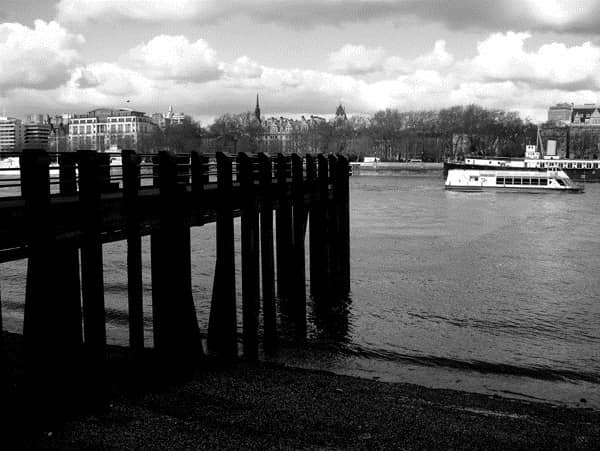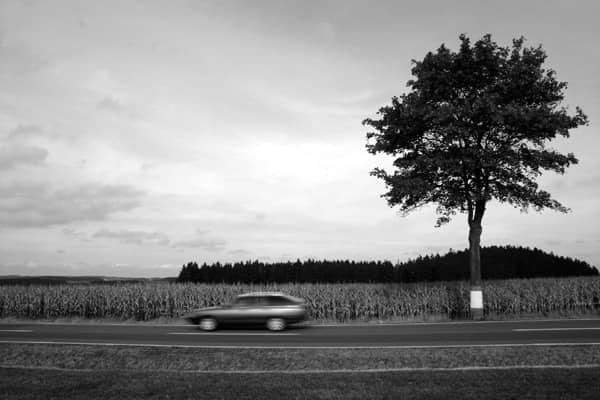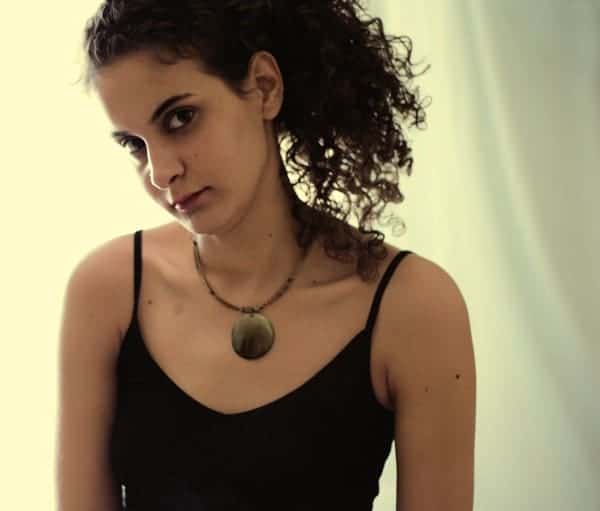Make skin look perfect in one-click with these AI-powered Photoshop actions.
EXPOSURE AND COLOR
Exposure directly affects how colors appear in a photo. Over exposure weakens the intensity of any color hue, while under exposure – up to a certain point – saturates the color.
Varying the exposure varies the brightness and intensities of colors. At the same time, some colors can only exist in different ranges of brightness. Yellow for example cannot be too darkened, or else it changes to a different color such as ocher. Orange turns to brick-red when under exposed. Purple turns violet when under exposed. Blue on the other hand preserves its blueness under varying exposure conditions. Generally yellow is the brightest hue when fully saturated, and violet is the darkest hue when fully saturated.
It’s important to keep these facts in mind if you’re exposing for color. Being aware of how different colors change intensities under different exposures will help you make the best out of your color photo that is, of course, if your main intention in the composition is color.
If you’re in a situation with varying colors which characteristics are going to be clashing under whichever exposure you decide to go with, it helps to determine your main color or tone in the image and adjust your exposure to retain that.
BLACK AND WHITE
In the past, the only form of photography known possible was black and white. With time more advancement was made in the field, and color photography evolved to become the means to document reality as we know it today. But black and white never died.
Black and white is a form of art like no other. It starts with documenting the reality around us, but it is stripped of all color to stand on its own two feet triggering emotions and perceptual responses which would not have been made possible otherwise.
The lack of color in monochrome photography gives a whole new degree of importance to form, shape, and texture in a photograph and it makes the urge to frame a successful composition even more essential.
 Photo by Chrisharvey
Photo by Chrisharvey
 Photo by Tobias Ott
Photo by Tobias Ott
 Photo by Kato Inowe
Photo by Kato Inowe
It’s also worth mentioning that, black and white photography lends itself well to extreme variations in exposure to create mood and drama. That is because, with black and white there is not the downside of changing colors and shifting hues under varying exposures, which is a thing that becomes of concern in color photography.



5 comments on “Introduction to Composing with Light and Color”
merci
good
Good tips and guide ... Thanks
Thank you for writing this up but there's some visual layout errors in this article.
Thanks Heather! The page has been updated.